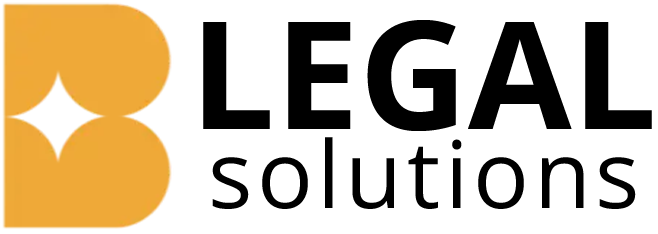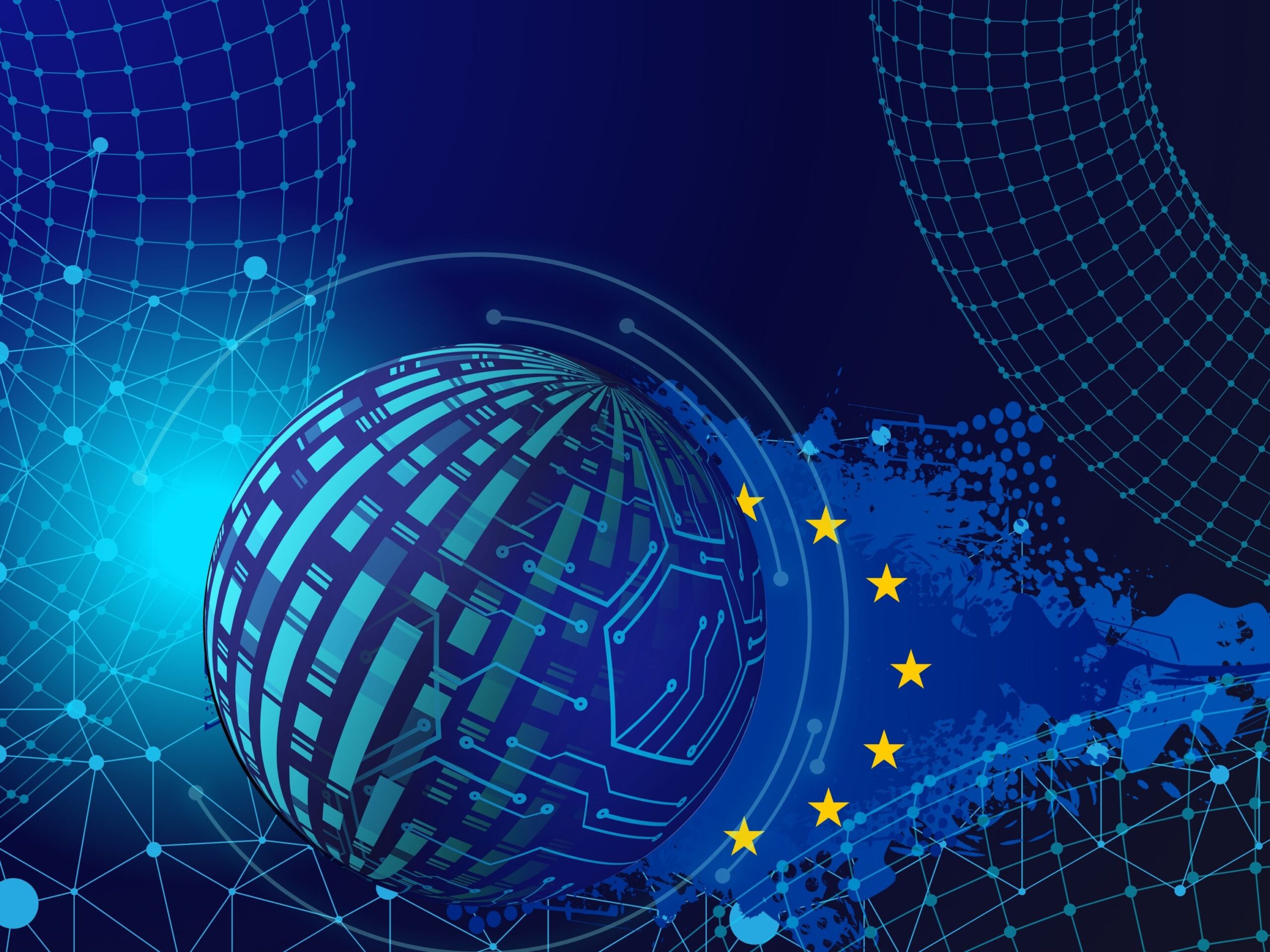The European Union has recently introduced a landmark regulation on artificial intelligence (AI), aiming to establish a comprehensive legal framework for the technology’s development and deployment. This Regulation (EU) 2024/1689 Laying Down Harmonised Rules On Artificial Intelligence, known as the AI Act, marks a significant step in global efforts to govern AI, with the primary goal to promote the development and adoption of safe and trustworthy AI systems within the EU’s single market, ensuring they respect fundamental rights enshrined in the Charter, including democracy, the rule of law and environmental protection, against the harmful effects of AI systems in the Union while fostering investment and innovation.
Overview
The AI Act is the first of its kind to establish a unified legal framework for AI within the European Union. It categorizes AI systems based on the level of risk they pose, ranging from minimal to high-risk applications. The regulation outlines specific requirements and obligations for each category, ensuring that AI systems are safe, transparent, and respect fundamental rights:
- Minimal and Limited Risk AI: These systems, such as spam filters or video game AIs, are subject to minimal oversight. They must adhere to basic transparency obligations, like informing users that they are interacting with an AI system.
- High-Risk AI: This category includes systems used in critical areas like healthcare, law enforcement, and transport. High-risk AI systems must meet stringent requirements, including risk management, data governance, and human oversight. They are also subject to conformity assessments before being deployed in the market.
- Unacceptable Risk AI: Certain AI systems are deemed to pose unacceptable risks and are prohibited. This includes AI applications that manipulate human behaviour, exploit vulnerabilities of specific groups, or use subliminal techniques to distort behaviour.
Key Provisions and Requirements
The AI Act establishes several key provisions aimed at fostering a trustworthy AI ecosystem:
- Transparency and Disclosure: Companies must provide clear information when AI systems are used, ensuring users are aware of interacting with AI and understand the system’s capabilities and limitations.
- Accountability and Human Oversight: High-risk AI systems must include mechanisms for human oversight, allowing interventions in cases where systems malfunction or produce biased outcomes.
- Data Quality and Governance: The regulation mandates rigorous data governance practices to ensure high-quality datasets, reducing biases and inaccuracies that could lead to discriminatory or harmful outcomes.
- Compliance and Enforcement: The AI Act sets up a comprehensive compliance framework, including fines and sanctions for non-compliance. This ensures that companies adhere to the regulations and maintain high standards in their AI deployments.
Implications for Businesses and Innovators
The AI Act will significantly impact businesses and innovators within and beyond the EU. Companies developing AI technologies will need to invest in compliance and adapt their systems to meet the new requirements. This includes conducting regular risk assessments, implementing robust data management practices, and ensuring transparency in AI operations.
For startups and smaller enterprises, the regulation may initially pose challenges due to the resources required for compliance. However, the EU provides support mechanisms, including guidance and potential funding, to help these entities navigate the regulatory landscape.
In more detail, some of the expected challenges facing businesses and innovators are:
- Increased Compliance Costs: The AI Act imposes strict requirements on high-risk AI systems, such as risk assessments and data governance, leading to potentially high compliance costs. This burden is particularly challenging for SMEs with limited resources.
- Innovation Stifling: The regulation’s stringent requirements and penalties may discourage companies from experimenting with new AI technologies, especially high-risk ones, potentially slowing innovation in the EU compared to less regulated regions.
- Ambiguity and Complexity: The complex categorization of AI systems under the Act can lead to uncertainty, making it difficult for companies, especially startups, to navigate the regulatory landscape and understand their compliance obligations.
- Global Competitiveness: The AI Act’s stringent rules might disadvantage the EU’s AI sector globally, as companies in less regulated areas could innovate more freely, attracting talent and investment away from Europe.
- Potential for Overregulation: The broad scope of the AI Act could lead to overregulation, particularly in sectors with lower risk, creating a rigid environment that might hinder technological development and deployment.
- Challenges in Enforcement and Implementation: Ensuring consistent compliance across diverse AI applications is challenging, requiring substantial resources for monitoring and enforcement. Rapid AI advancements could outpace regulatory updates, leading to enforcement gaps.
- Potential for Uneven Impact: The regulation may affect various sectors and regions within the EU differently, with industries like finance and healthcare facing greater compliance challenges. This could exacerbate regional disparities within the EU based on varying levels of technological and economic development.
Timeline
The AI Act will follow a two-year implementation period (with some exceptions):
- 12 July 2024 – The AI Act was published in the Official Journal of the European Union. This serves as the formal notification of the new law.
- 2 August 2024 – The AI Act has entered into force and from this date, the following milestones will follow according to Article 113:
- 2 February 2025 – Chapter I and Chapter II (Prohibitions on Unacceptable Risk AI) will apply.
- 2 August 2025 – Chapter III, Section 4 (Notifying Authorities), Chapter V (General Purpose AI Models), Chapter VII (Governance), Chapter XII (Confidentiality and Penalties) and Article 78 (Confidentiality) will apply, with the exception of Article 101 (Fines for GPAI Providers).
- 2 August 2026 – The remainder of the AI Act will apply, except:
- 2 August 2027 – Article 6(1) and the corresponding obligations in this Regulation will apply.
- 2 May 2025 – Codes of practice must be ready by then according to Article 56.
Conclusion
The EU’s AI Act represents a significant advancement in the regulation of artificial intelligence, addressing critical issues of safety, ethics, and transparency. As the regulation comes into effect, it will undoubtedly shape the future of AI development and deployment, both within the EU and globally. For businesses, policymakers, and citizens, this regulation is a crucial step towards ensuring that AI technologies are developed and used responsibly, with a clear focus on protecting fundamental rights and promoting public trust. While it offers many benefits, including enhanced safety, transparency, and ethical protections, it also poses challenges, particularly regarding compliance costs, potential innovation stifling, and global competitiveness, as well being a challenge for regulators to keep up with the fast-paced nature of AI development. Balancing these positive and negative implications will be crucial to the Act’s success in fostering a responsible and thriving AI ecosystem.

